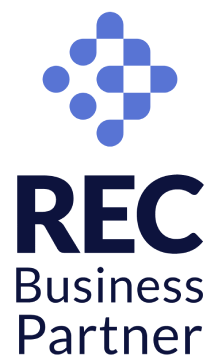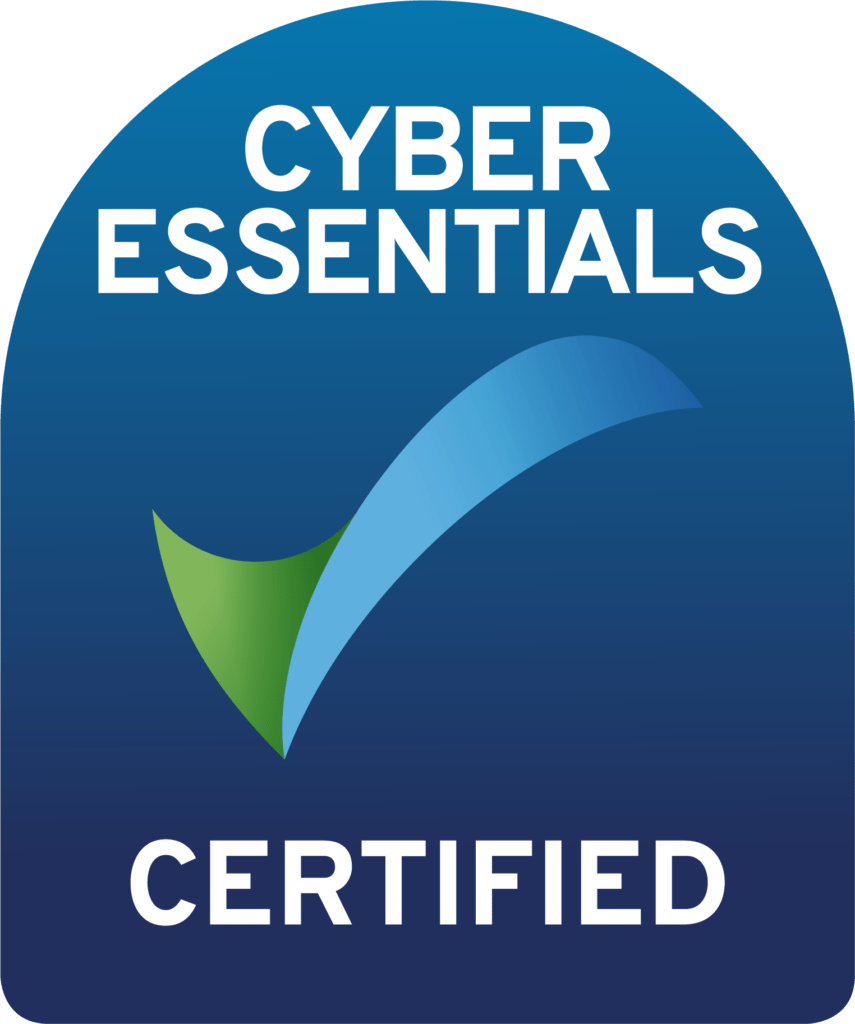ED&I, DEI, or EDI initiatives are a complicated beast.
After all, equity, diversity and inclusion is a relatively new arena for many businesses. To complicate matters, ED&I is a sensitive topic – and sometimes even a controversial one.
To help you run the best ED&I initiatives in your organisation, here’s what not to do.
#1 Think diversity quotas = lowering your standards
When done right, diversity quotas expand your talent pool.
Ask yourself: Am I actively seeking out talent from underrepresented groups, or have I decided that finding candidates from these groups means compromising on talent?
Don’t compromise your standards; widen your search.
Tweaking your recruitment or even in-house processes can bring in some hidden talent.
For instance, one business forwent their interview process to give a candidate with autism a chance to just trial the job, as he didn’t do well in interview settings, and he quickly proved to be their best employee yet. Preferring to spend time alone, this man was given a space away from the other employees – and he flourished.
#2 Stop – or even start – at diversity
Diversity alone doesn’t solve inclusion.
If you hit a diversity quota, you may look inclusive on paper, but when your new employees don’t fit into the culture…less so. Not to mention, you’ll have a turnover issue to attend to.
But how do you make sure your culture is welcoming to people with different backgrounds before one of them leaves?
It can be extremely hard to stay on the pulse with inclusion issues.
Imagine you’ve just landed a new job, you’re in your probation period and you’re trying to make friends. Things don’t feel as good as you’d hoped they would – maybe you’ve heard a few comments that stung. How likely are you to speak to somebody about it?
That’s why it’s important to get some live intel from your team about how included they feel in your culture.
Then, you can work on your blind spots before your new employee forms a bad opinion of you – or even leaves.
#3 Silo ED&I in HR
ED&I is not just the remit of HR.
To transform your culture, you need every leader and manager in the business to be on board with ED&I.
Without cross-functional collaboration and executive alignment, isolated HR initiatives ring hollow. Employees quickly see through performative tactics that aren’t woven into the fabric of everyday decisions and behaviours.
Break down silos by engaging senior leaders as visible champions. Be the change you want to see in your business!
#4 Expect overnight success
Everybody knows that evolving perspectives and behaviours takes time, yet many underestimate the patience and commitment needed.
Don’t hang up the towel if your first training session falls flat or you lose an employee. Meet people where they are, not where you hope they might be in an ideal world.
Little daily differences compound to form larger culture shifts – you will get there.
Consistently demonstrating inclusive values – in the way you talk, the things you consider when designing events, and the differences you make around the workplace – will get the message across.
Missteps are inevitable, but stay resilient. Celebrate small wins while readjusting strategies that aren’t resonating.
Change the system, not just the individuals within it. Progress manifests from how everyone pulls together, even if the pace seems slower than hoped.
#5 Rely on a finger to the wind
The human brain is wired for confirmation bias.
The more work you do to improve ED&I, the more progress you might feel you’re making.
But a ‘good feeling about things’ isn’t how you would measure your sales outreach – so why is it a reliable measurement of your culture?
Keep an eye on how your employees really feel – from every demographic within your company.
Ultimately, ED&I is a journey, not a destination. By avoiding these common missteps and learning as you go, you can build momentum towards a company culture that everybody wants to be a part of.





